Toothbrushing and hammering
Toothbrushing the cog, that's what I've been doing today, from 9 to 5. I mean, my cleaning tool looked like a toothbrush, the only difference being that the brush bit is of stiff brass, which made it an excellent tool in removing those whitish deposits and orange rust blooms we have staining our beautiful 14th century wood. After two rounds of cleaning, the inside of our shipwreck needs just such a finishing touch in order to better reveal the shapes of the planks and for aesthetics’ sake (something not to be underestimated). It'll be a beauty when all surfaces have been brushed gently this way, that much is sure already now.
Photo: Eero Ehanti
What's this? Well, if you're a first time visitor to our blog and website, welcome to the world of For Our Generation OÜ. Together with the Estonian Maritime Museum we're conserving an early 14th century shipwreck found in a building construction site some years ago. The wreck’s now undergoing treatment aiming at preserving the whole thing to be exhibited in Tallinn's old town late in 2019. Hence the toothbrushing and other conservation actions, without which we wouldn't have her in as nice a condition as such a very rare example of a ship-type mastered by the medieval Hanseatic League merchants deserves.
The Cog in October 2018. Photo: Eero Ehanti
Anyway, while I was occupied with brushing, my colleagues Heikki and Priit were busily hammering new wooden pegs into the existing holes for enforcing the structure, something she definitely needs despite the very good condition of wood-material. Observing this process was rewarding not only because I knew that every bolt was giving the very much needed stability to the hull, but also because I realised that what I was witnessing was something very similar to what was happening ages ago when the cog was initially being built. Indeed, we're using traditional wooden pegs and corking material, not some fancy special modern conservation materials. Respecting the ship and tradition, understanding materials, that's the basis of our conservation decision-making here!
Heikki and Priit, with three newly placed wooden pegs visible. Photo: Eero Ehanti
We've been on this for quite some time now, but one milestone was reached today, as we could remove the nice red string-squares we had drawn on the whole inner surface for documentation purposes. Now that the squares have been photographed before, during and after cleaning (in fact a small scale archaeological excavation on the surface), and as all new finds have been collected, recorded and localized according to the documentation system we created, it was indeed a pleasure to remove the strings. It's not that I didn't like the grid, not at all, on the contrary, I thought it was very professional and beautiful in its way, as hopefully becomes evident from the dozens of photographs I've taken of it.
Photo: Eero Ehanti
But still, I got an enormous feeling of achievement when rolling the strings away. We're getting along with this project! And yes, the bare beauty of the complex structure was thus revealed even better, and now it's easier to walk on the hull, a privilege reserved to us working on it. A privilege we enjoy to the full, I assure you, for I never tire of the shivers the very knowledge of the age and significance of this structure always gives me. What bliss it is being on board the Tallinn cog!
Ballet on the Cog? Photo: Eero Ehanti
Good work once again, but this time it wasn't only good progress in cleaning and replacing wood-pegs bringing joy to our team. There was also the poster, which we got straight from the print around noontime. It will be presented in a maritime archaeology conference in Marseille France. We’re very happy to share here with you. "Smart Conservation", go figure!
The temporary hall in which the Cog now resides before being moved to the final location in Tallinn’s old town. Photo: Eero Ehanti






